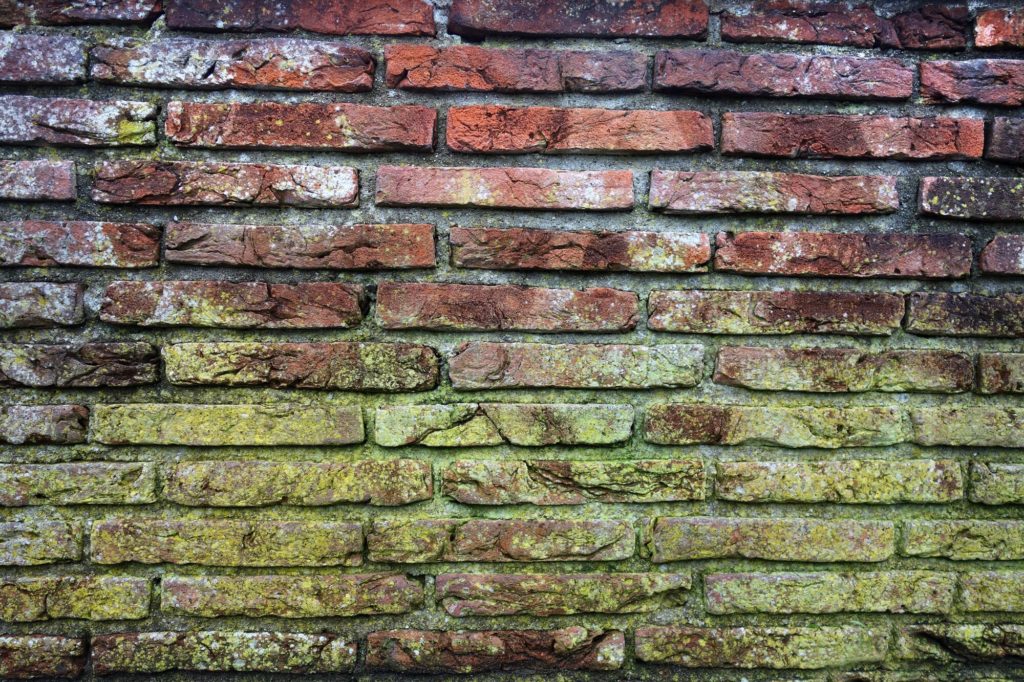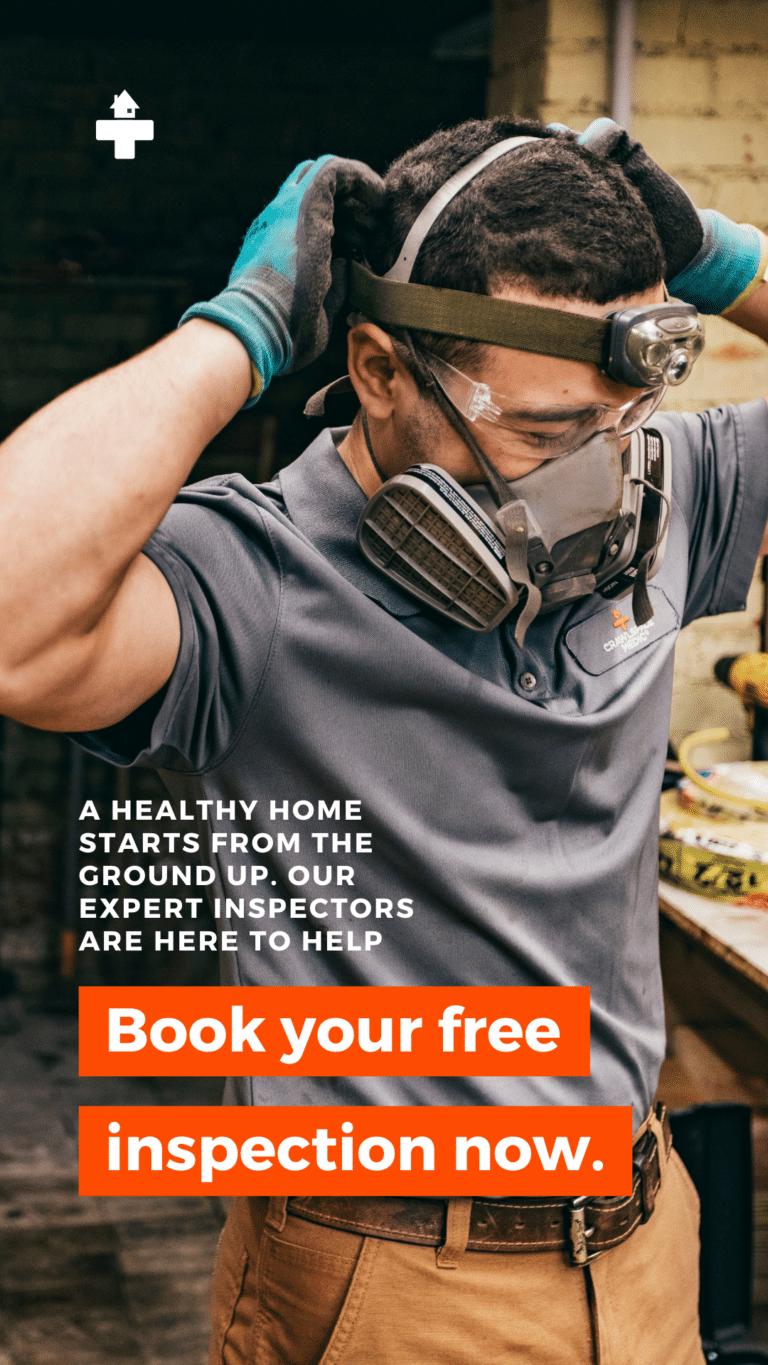If you find water in your basement, you might wonder, “Can mold in basement affect upstairs?” For most property owners, the answer is usually yes.
Mold can turn into a serious issue if you don’t deal with it correctly—and quickly. Many mold situations even warrant enlisting the help of a well-qualified, professional mold remediation service.
Here, we’ll look at various types of molds you might find in your crawl space or basement. We’ll also go over what to do about it when you find it.
To learn more about the answer to the question, “Can mold in the basement affect upstairs?”, keep reading.
Can Mold in Basement Affect Upstairs?
Mold is more than a cosmetic problem. It hides in the darkest, damp spaces.
An overgrowth of mold can damage your home. Even worse, it can contribute to health issues.
In nature, mold does its job well. It breaks down plant and animal matter.
Mold is a type of fungi. Fungi release small spores that flow through the air.
Unfortunately, these spores can enter your home.
Mold spores might get into your home in one of several ways. These entry methods might include:
• Clothing
• Doors
• HVAC ductwork
• Shoes
• Windows
Even your favorite fur baby can bring these unwanted guests into your home.
Once mold gets into your home, it can’t grow unless conditions are just right. It latches onto different surfaces randomly.
For instance, mold might settle in your carpet or other fabrics. It can also make a home on paper and wood surfaces.
Still, mold prefers lots of space. As you probably already know, it also likes moisture. What’s more, mold flourishes in areas with as little light as possible.
For example, the lights are usually off in your bathroom unless you’re using it. As a result, your bathroom is a perfect breeding environment for mold. If mold settles in your bathroom, you might find mold growth around your sink, bathtub or shower for this reason.
Mold Symptoms and Health Problems
Usually, indoor mold isn’t a problem. The trouble begins, however, when mold finds a nice damp surface to take root.
Here, mold will start to grow. As it does, it will also start to cause health problems.
Growing mold produces allergens. Allergens are simply substances that cause allergic reactions. They can also cause various forms of physical irritation.
You might also experience an allergic reaction to mold if you touch it or inhale it. Mold is especially problematic for people who are sensitive to it.
These individuals might develop allergic responses to mold. They might include hay-fever like symptoms. For example, someone who’s allergic to mold might show symptoms such as:
• Red eyes
• Running nose
• Skin rashes
• Sneezing
Among people who are susceptible to mold, these kinds of reactions are common.
Someone might exhibit a reaction to mold right away or over time. Some people can even have an asthma attack because of mold exposure.

Understanding Mold Colors
You may have seen or heard of white mold. Many kinds of molds that grow in homes have a white appearance. Like all molds, it can compromise your health and the structure of your home if you don’t deal with it.
White mold is not a specific kind of mold. Most often, however, white mold is one of several classes of mold. These classes might include:
• Aspergillus
• Cladosporium
• Penicillium
However, these molds could also have a gray, green or black color.
They may even have other tints. Despite its color, mold will thrive in a moist area with a rich food source such as wood.
White Mold in Your Basement
It’s not that important for you to understand how to identify different colors of mold. Any mold in your home can lead to negative health effects.
Still, some molds have a white appearance during their early development stages. Later, they may change color after they produce spores.
Yet other molds appear white because they aren’t pigmented spores. This circumstance occurs due to the type of surface where the mold is growing.
Other molds may have a white powdery appearance. In this case, it can easily blend in with the material where it feeds and grows. Often, it’s difficult to distinguish this kind of mold from stains, like calcium buildup.
Black Mold in Your Basement
Among all mold types, black mold has the worst reputation. People sometimes call it toxic black mold.
This kind of mold feeds on organic matter. It’s easy to spot.
Black mold has a greenish-black color. Also, it looks slimy when it’s wet.
Long-term exposure to black mold can create many of the previously mentioned symptoms of mold exposure. It’s dangerous to allow it to grow in your home.
This kind of mold can cause more than 30 kinds of health problems. These problems can range anywhere from flu-like symptoms to skin infections.
How to Get Rid of Mold in Your Basement
If you want to know how to prevent mold in your basement, you should focus on preventing moisture buildup. Any leaks or buildup of moisture in your basement promotes more mold growth.
When dealing with mold in your basement, you should take care of the problem immediately. However, you also need to think about what’s going on above your basement. For instance, you should clean your kitchen trash can regularly.
Wastebaskets are a fertile launching ground for mold growth. You may also want to consider using a dehumidifier in your home.
If you see mold growth in your home, you want to clean it right away. However, you must do more than clean it—you have to kill it. A 50/50 water-bleach solution will do a great job of helping you to kill mold.
A More Permanent Solution for Mold
It’s critically important for you to maintain your crawlspace or basement to eliminate mold growth. Your basement regulates the atmosphere of your entire home. As such, you want to make sure to ventilate your crawlspace or basement properly.
You also want to make sure to have the appropriate ground covering for the area. Alternatively, you may need to have a moisture control system installed. In either case, mold growth can resume or continue without proper treatment.
Over time, thriving mold will deteriorate your indoor air quality. If things get to this point, you’ll most certainly want to enlist the help of a professional mold remediation service. An expert mold removal service can help you to pinpoint the best long-term solution for removing mold from your home.
An experienced service provider has dealt with all kinds of mold overgrowths. The service will remove all moisture from your crawlspace. More importantly, they’ll give you options that you can use to make sure that the mold never comes back.
Dealing With Mold in Your Basement
It’s possible that you may observe standing or pooling water in your basement or crawl space. You may also see watermarks on your foundation. If so, the next thing that you should look around for is mold.
Again, you’ll want to enlist the help of professional mold remediation services in these instances. The service might recommend a French drain system for your home. They could also suggest a sump pump that will keep your basement dry.
It’s important to keep the moisture in your basement or crawl space below 20%. An expert can help you to achieve this healthy condition in your basement.
For instance, they might help you to select the right thickness of the moisture barrier. The barrier will prevent mold in your basement in the future.
They may also help you to select the best solution for crawlspace ventilation. Ventilation is another important tool that will help you to maintain the right amount of moisture in your home.
Finally, a mold remediation expert might recommend encapsulation. Encapsulation will ensure that your crawlspace or basement maintains a healthy relative humidity. In turn, you’ll no longer have to worry about mold in your basement affecting your home upstairs.
Don’t Wait! Make Sure Your Home’s Safe
Now you know more about the answer to the question, “Can mold in the basement affect upstairs?” If you think you have a serious mold problem, Crawlspace Medic can help.
It’s best to fix mold problems as soon as possible. In addition to causing health problems, mold can result in structural problems with your home, leading to more costly repairs. Crawlspace Medic will help you to fix the problem as fast as possible, helping you to save money in the long run.
Contact Crawlspace Medic today (866) 882-7295 or connect with us online to arrange a free inspection of your crawlspace or basement if you suspect there’s dangerous mold in your home.

